What should it look like?
meawea
9 years ago
Related Stories
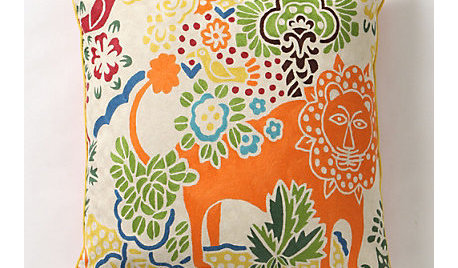
PRODUCT PICKSGuest Picks: In Like a Lion, Out Like a Lamb
Whether regal or sweet, one of March's animals will work with your home's décor
Full Story0

PRODUCT PICKSGuest Picks: In Like a Lion, Out Like a Lamb
Take a cue from the classic adage about March with home accessories that call these animals to mind
Full Story
KITCHEN STORAGEStyle Your Open Kitchen Shelving Like a Pro
Follow these do’s and don’ts for arranging items on your kitchen shelves
Full Story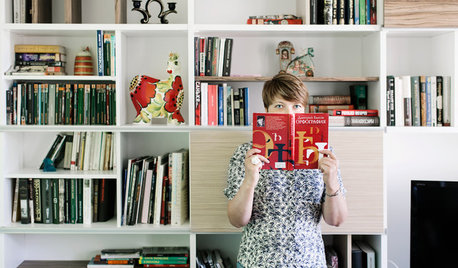
HOMES AROUND THE WORLDWorld of Design: 11 Book Lovers and Where They Like to Read
Bibliophiles across the globe reveal their top books and favorite reading spots, from a 2-story library to an artfully curated book nook
Full Story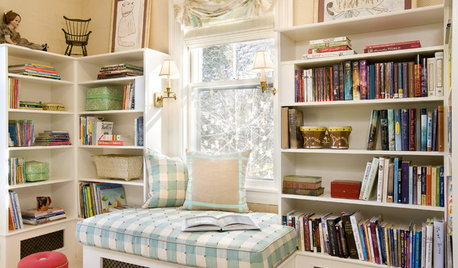
LIFEHouzz Call: What Makes Your House Feel Like Home?
Sometimes just one thing gives you that warm and fuzzy feeling. Let us know what it is for you
Full Story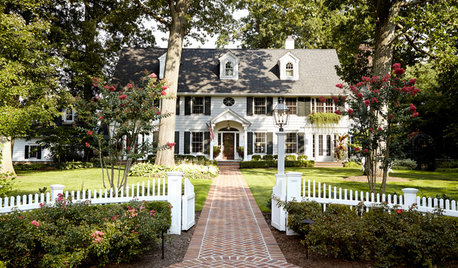
DECORATING GUIDESHouzz Tour: Much to Like About This Traditional Beauty
New elements mix well with old in a New Jersey family’s elegant and comfortable colonial revival home
Full Story
LIGHTING10 Chandeliers for People Who Don't Like Chandeliers
Get all the chandelier benefits without channeling Liberace, thanks to wood, paper, wire — and even a surprising old-fashioned staple
Full Story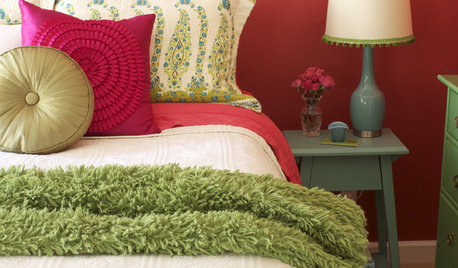
DECORATING GUIDESHow to Make Your Home Feel More Like You
Show your real style through a favorite color, everyday accessories, art, collections and more
Full Story
COFFEE WITH AN ARCHITECTA Few Things I Would Like to Ask Frank Lloyd Wright
It could take a lifetime to understand Frank Lloyd Wright's work — less if we had answers to a few simple questions
Full Story
BATHROOM DESIGNNew This Week: 3 Bathrooms That Feel More Like Living Spaces
Graphic wallpaper, ornate chandeliers and furniture-like pieces help these bathrooms seem less like a sterile space and a lot more like home
Full StoryMore Discussions







drew51 SE MI Z5b/6a
meaweaOriginal Author
Related Professionals
Lowell Landscape Architects & Landscape Designers · Burlington Landscape Contractors · Camp Verde Landscape Contractors · Fort Myers Landscape Contractors · Gloucester Landscape Contractors · Los Banos Landscape Contractors · Pueblo West Landscape Contractors · Elmhurst Solar Energy Systems · Lakeville Solar Energy Systems · Coconut Grove Window Contractors · Fort Washington Window Contractors · Framingham Window Contractors · Muncie Window Contractors · Lexington Fence Contractors · Cayce Fence ContractorsPyewacket
drew51 SE MI Z5b/6a
Pyewacket
drew51 SE MI Z5b/6a